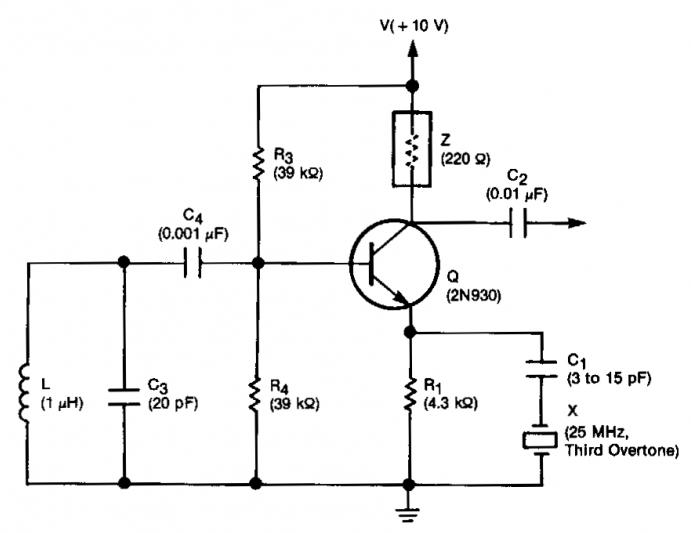A blocking generator is a relaxation pulse generator, it is performed on the basis of an amplifying element (for example, a transistor) with a strong transformer feedback. Most often they use positive feedback.
Advantages and disadvantages
The advantage of such generators is relative simplicity, the ability to connect the load through a transformer. The shape of the generated pulses approaches a rectangular shape, the duty cycle reaches tens of thousands, and the duration is hundreds of microseconds. The maximum pulse repetition rate reaches several hundred kHz. The capacity of the oscillatory circuits in such devices is small, due to inter-turn capacitances and, of course, the installation capacity. Thanks to these qualities, the blocking generator is widely used in production: in automation, regulation and industrial electronics devices.
The disadvantage of these generators is the dependence of the frequency on changes in supply voltage. Frequency stability is lower than that of a multivibrator, is only 5-10 percent.
The blocking generator, assembled according to the scheme with a positive grid or with a resonant circuit, which is tuned to the pulse repetition frequency, with a fixing diode, has a rather high oscillation stability. Frequency instability in such circuits is less than one percent.
There are many schemes for implementing such generators: tube transistors with a basic bias, transistor with emitter coupling, with a positive grid, with an amplified cascade, on field-effect transistors, and others.
The photo shows a blocking generator on a field effect transistor.
The most popular devices on conventional transistors. Such devices typically use pulse transformers. The generator can work in a braked mode, it is easily synchronized by an external signal.
Blocking generator, principle of operation
The operation of the circuit is divided into several stages. Stage one: the transistor is unlocked when a pulse arrives at the emitter. The appliance starts to work. When a trigger current arrives at the base of the transistor, it causes an accumulation of charge, as well as an increase in collector current. Through the resistor, the positive feedback provided by the windings of the pulse transformer excites an avalanche-like process of increasing the base, collector currents and load current. In this case, the potential difference between the emitter and the collector of the transistor decreases, when it reaches zero, the device goes into a saturation state. Stage two: neglecting the resistance of the primary winding, we believe that a constant voltage is applied to the winding. As a result, the voltage on the remaining windings of the transformer is also unchanged. The nature of the change in the circuit currents is determined by the property of the circuits that are connected in series with the secondary windings, as well as with the properties of the transformer core. For example, with an active load, the current will be constant. The current at the base of the transistor is constant, but begins to decrease when the capacitor charges. The collector current is determined by the sum of the magnetizing current and the transient currents of the windings.

The magnetization current increases, the growth pattern is determined by the hysteresis loop of the core material. As a result of this, the collector current also increases. This leads to the fact that the transistor leaves the saturation state, the peak of the pulse is formed. The collector current again becomes dependent on the magnitude of the base charge, and the base current then begins to decrease in an avalanche. The transistor is locked, a pulse cut is formed. When the device is locked, the blocking generator begins to recover to its original state.